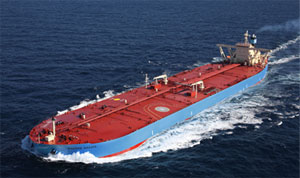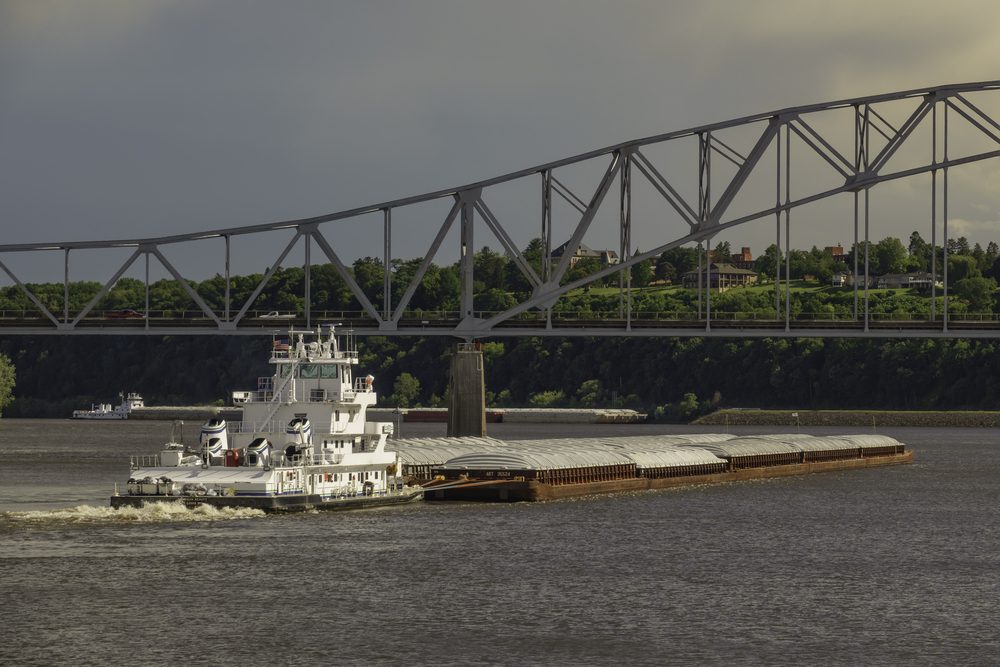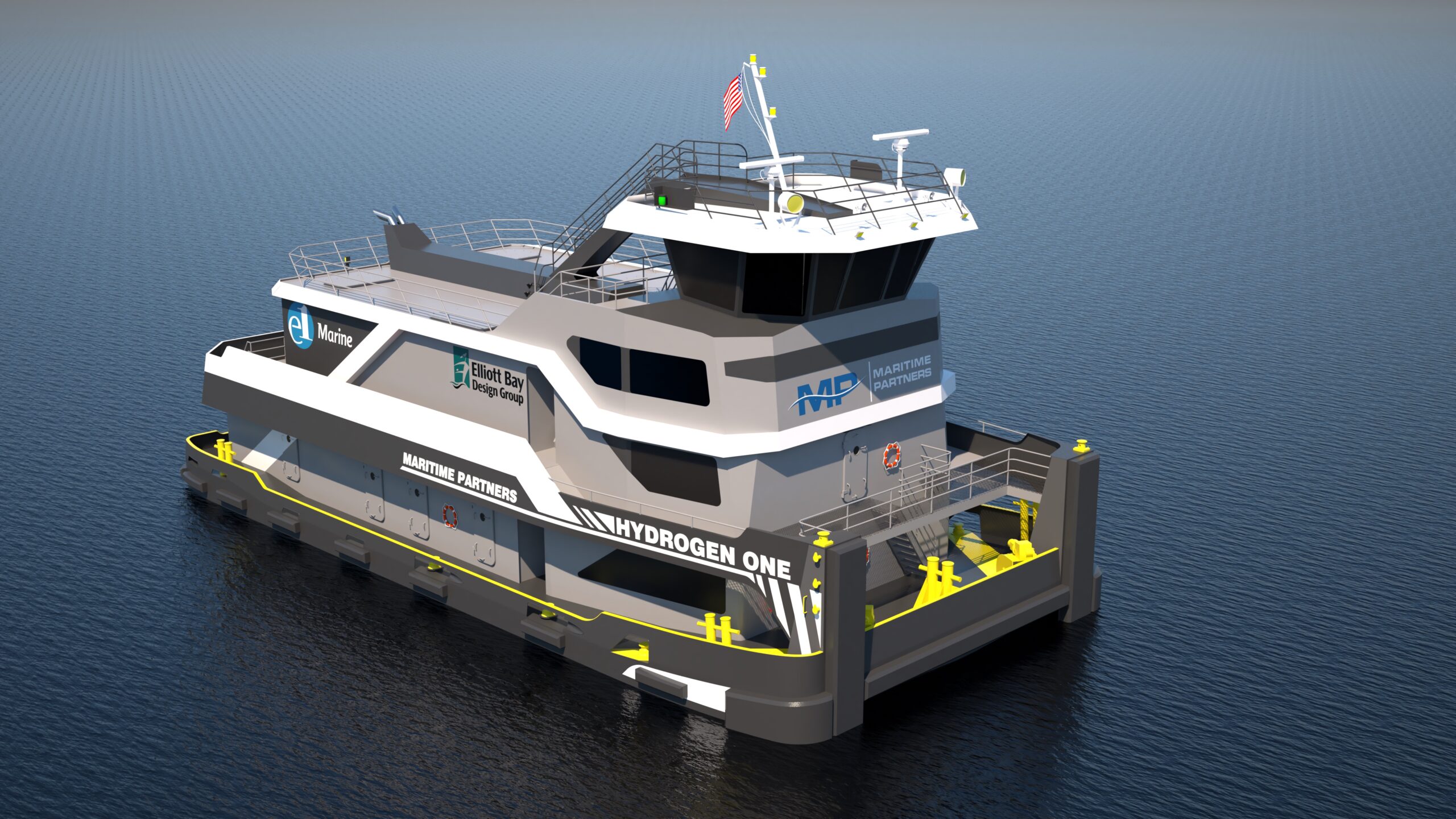The ships delivering 2 million barrel cargoes of Saudi Arabian oil to Japan, a benchmark voyage, made positive returns of $694 a day today, according to data from the Baltic Exchange in London. Charter costs slumped so low since Sept. 21 that rates didn’t cover the cost of crew, insurance or other operating costs, causing owners to contribute an average of about $3,500 a day to fuel expenses, bourse calculations show.
“The fact this benchmark is so seldom positive just shows how dreadful the market is right now,” Will Leslie, head of tanker derivatives at ACM-GFI, a London-based broker of contracts used to hedge shipping rates, said by e-mail today. “There are too many ships and unfortunately I don’t think we’re going to see a massive shift to higher earnings.”
The fleet’s capacity expanded more than three times faster than cargo demand since 2008, after owners added the most new vessels to the fleet since the start of the 1980s, according to data from Clarkson Plc, the world’s largest shipbroker. Fuel fell 7.6 percent to $613.76 a metric ton since the end of August, according to data compiled by Bloomberg. The decline is giving a bigger boost to earnings than any short-term contraction in ship supply, according to Arctic Securities ASA, an Oslo-based investment bank.
Global Benchmark
The Saudi Arabia-to-Japan route is a benchmark for freight swaps that traders use to bet on, or hedge, crude oil shipping costs. The contracts for December are trading at $1.70 a barrel compared with $1.44 a barrel this month, according to data from Marex Spectron Group, a London-based broker of the contracts.
The Baltic Exchange’s earnings formula doesn’t take into account the fact ships cut speed to lower fuel consumption. The largest oil tankers, known in the industry as very large crude carriers, or VLCCs, can earn about $11,000 a day by sailing on the empty leg of journeys at 10 knots, compared with a typical speed of about 13 knots, Arctic analyst Erik Nikolai Stavseth said in a report today.
The vessels need about $10,670 to cover crew, insurance and other operating costs, according to Moore Stephens LLC, a U.K.- based consultant. Rates for the vessels will average $21,000 this year, according to 14 analyst estimates compiled by Bloomberg.
Supply Shrinks
Frontline Ltd., the biggest operator of the ships, led by billionaire John Fredriksen, said Aug. 29 it needs $23,900 a day to break even. Shares of the Hamilton, Bermuda-based company gained 0.8 percent to close at 18.39 kroner ($3.21) in Oslo trading.
The supply of VLCCs available for charter over the next four weeks contracted by two to 78, Marex Spectron said in an e- mailed report today. That compares with 87 vessels at the start of the month, Marex data showed.
Charter costs for VLCCs on the benchmark voyage added 2.7 percent to 37.75 industry-standard Worldscale points today, exchange data showed. Yesterday they gained the most in almost three months.
The Worldscale system is a method for pricing oil cargoes on thousands of trade routes. Each individual voyage’s flat rate, expressed in dollars a ton, is set once a year. Today’s level means hire costs on the benchmark route are 37.75 percent of the nominal Worldscale rate for that voyage.
VLCCs carry about 17.3 million barrels a day of crude, according to Clarkson data. Global demand will be 89.7 million barrels a day this year, according to the International Energy Agency, a Paris-based adviser to oil-consuming nations.
The Baltic Dirty Tanker Index, a broader measure of oil- shipping costs that includes vessels smaller than VLCCs, added 0.8 percent to 667, according to the exchange.
– Rob Sheridan, Copyright 2012 Bloomberg.

 Join The Club
Join The Club











